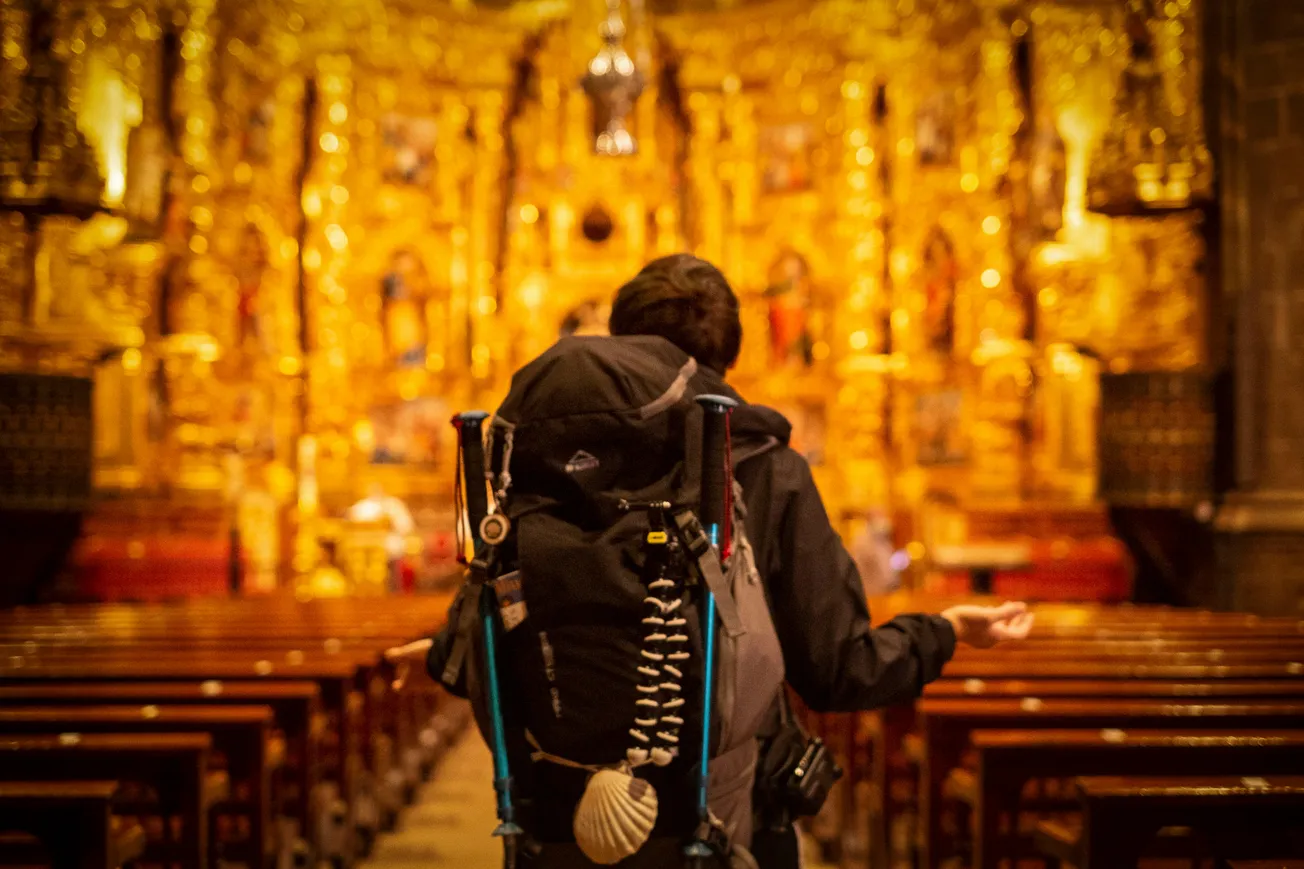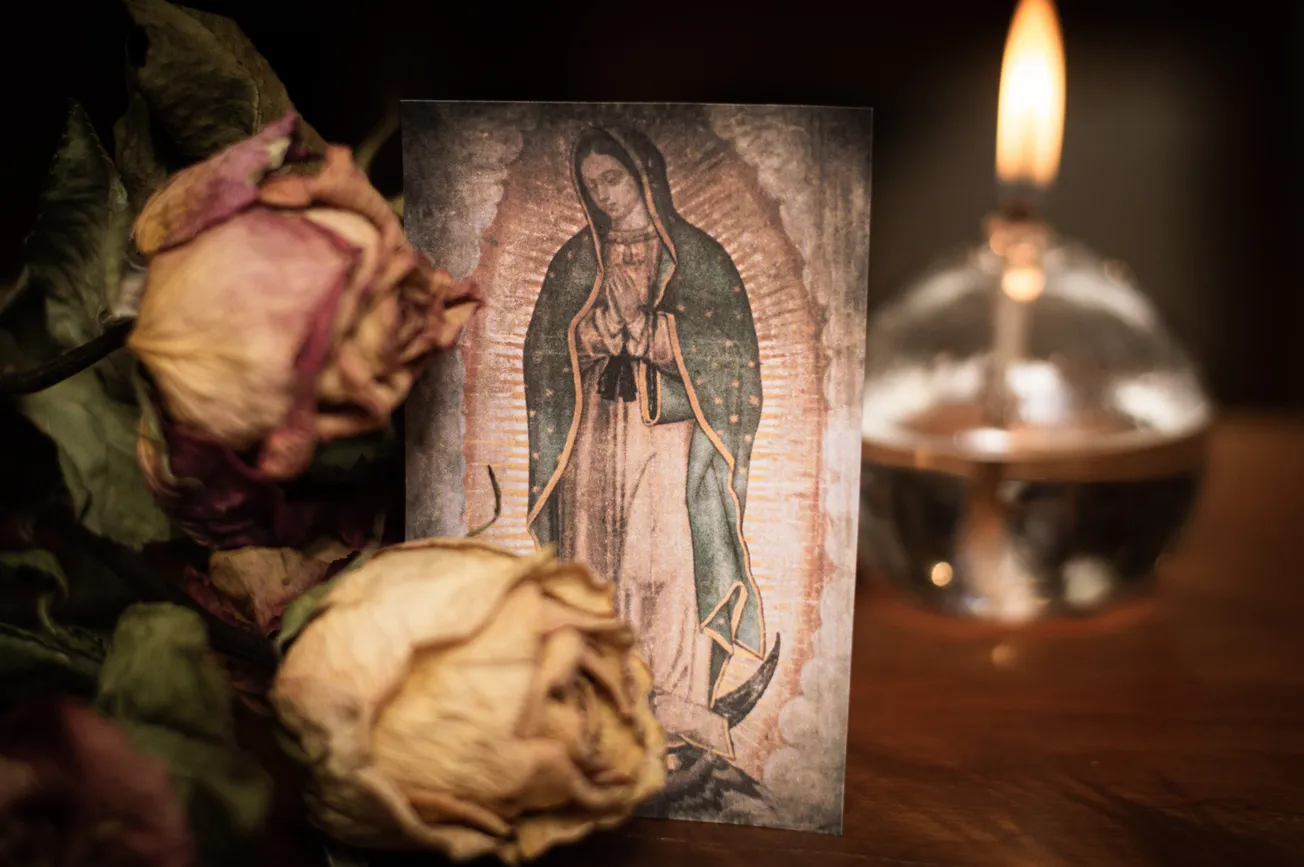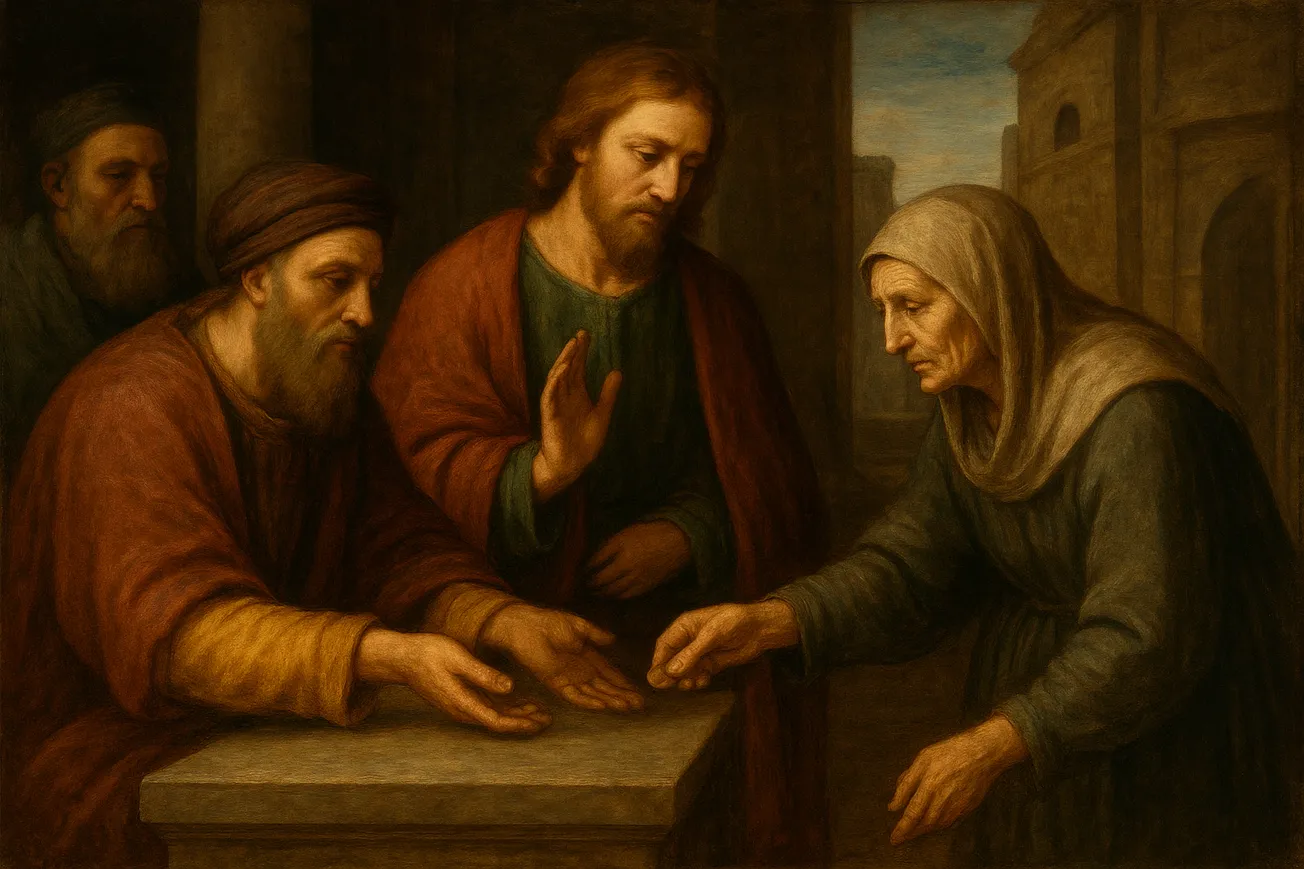Pilgrimages are a treasured tradition in the Catholic faith, allowing believers to deepen their relationship with God, venerate saints, and reflect on their spiritual journey. However, traveling for faith can be costly if not carefully planned. With a bit of preparation, Catholics can undertake a meaningful pilgrimage while respecting their financial limits, aligning both with Scripture and Catholic Social Teaching (CST) principles.
1. Begin with Prayer and Discernment
Before booking flights or accommodations, take time to pray and discern the purpose of your pilgrimage. Ask God for guidance on the destination, timing, and length of the trip.
“Trust in the Lord with all your heart, and do not lean on your own understanding. In all your ways acknowledge him, and he will make straight your paths.” – Proverbs 3:5-6
Recognizing that every decision, including financial ones, should respect the gift of life and personal vocation. Discernment ensures that your pilgrimage aligns with spiritual goals rather than impulse spending.
2. Set a Realistic Budget
Determine the total amount you can comfortably spend without compromising essential needs. Include transportation, lodging, meals, donations, and any souvenirs. Tracking your expenses prevents unnecessary stress and financial strain.
“For which of you, desiring to build a tower, does not first sit down and count the cost, whether he has enough to complete it?” – Luke 14:28
Managing your money responsibly honors God’s provision and enables generosity toward others.
3. Choose Economical Travel Options
- Group Travel: Pilgrimage groups often negotiate discounts for transportation and lodging.
- Off-Peak Timing: Traveling outside peak seasons can significantly reduce costs.
- Alternative Transport: Consider buses or trains if flights are expensive.
Traveling with a community fosters support, shared faith experiences, and collective savings.
4. Affordable Accommodations
- Seek out convents, monasteries, or parish guesthouses where possible; many offer hospitality at minimal cost.
- Look for budget hotels or shared accommodations.
- Booking early often ensures the best rates.
“Do not neglect to show hospitality to strangers, for thereby some have entertained angels unawares.” – Hebrews 13:2
Choosing modest accommodations can allow you to redirect funds to charitable causes or assist those in need.
5. Meal Planning
- Prepare or pack meals when possible, especially for day trips.
- Choose local eateries over expensive tourist spots to experience authentic culture affordably.
- Bring reusable bottles and snacks to reduce costs and waste.
Mindful consumption honors the environment and reduces unnecessary expense.
6. Prioritize Spiritual Goals
Focus on the essence of the pilgrimage: prayer, reflection, and encounters with the divine. Avoid spending excessively on souvenirs, entertainment, or luxury upgrades.
“Do not store up for yourselves treasures on earth… but store up for yourselves treasures in heaven.” – Matthew 6:19-20
Spiritual enrichment is more important than material indulgence. Your pilgrimage should benefit your soul and others, not just your personal comfort.
7. Fundraising and Sharing Costs
Consider simple fundraising efforts: parish support, small community donations, or offering service in exchange for assistance. Traveling with family or friends allows for shared expenses in lodging and transportation.
Engaging your community in your pilgrimage fosters connection and shared faith while reducing individual burden.
8. Reflection and Giving Back
After the pilgrimage, reflect on your journey and share your experiences. Consider giving back to your parish or supporting missions, completing the cycle of stewardship and gratitude.
“Each one must give as he has decided in his heart, not reluctantly or under compulsion, for God loves a cheerful giver.” – 2 Corinthians 9:7️
A Catholic pilgrimage does not need to be extravagant to be spiritually transformative. By planning carefully, exercising prudence, and keeping faith at the center, believers can embark on journeys that nourish the soul and reflect the principles of Catholic Social Teaching. The path to holiness is often paved with simplicity, gratitude, and communal love.
Like what we do? Share this piece, and follow us on Instagram and LinkedIn.






